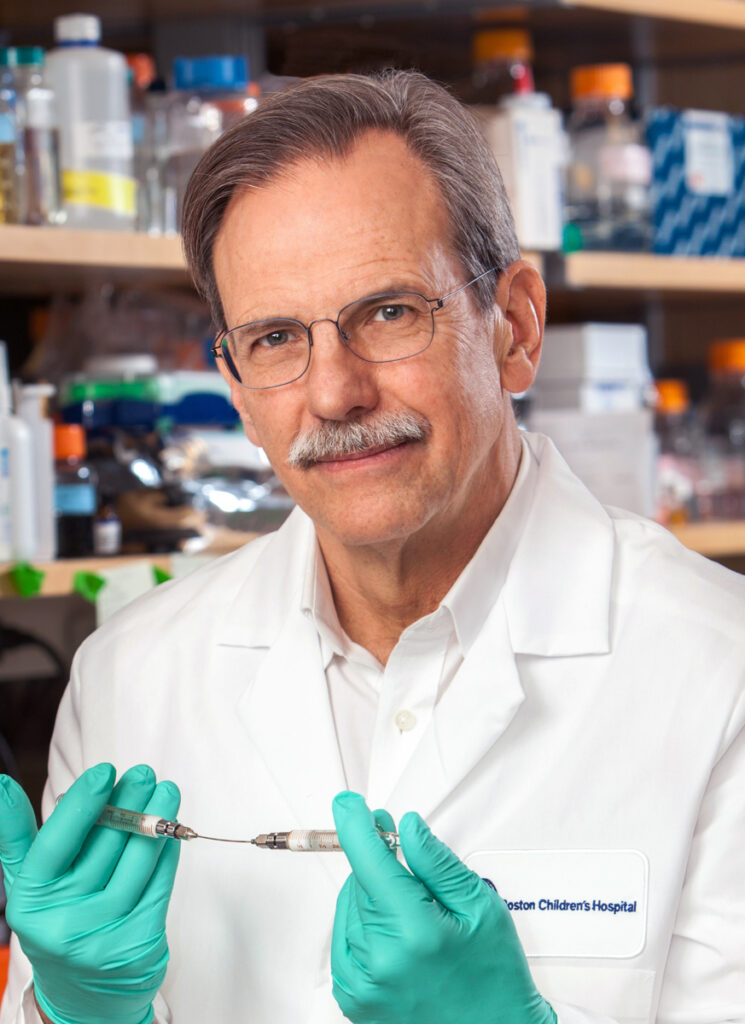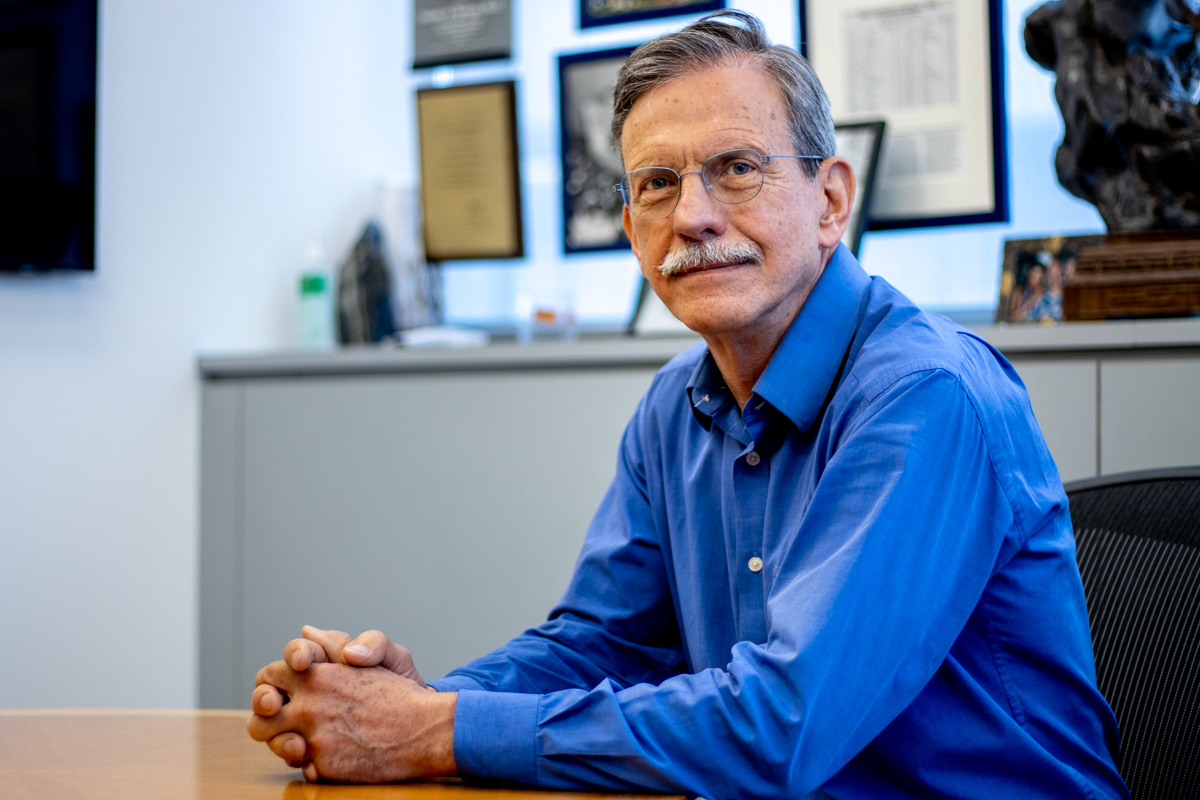When Harvard University professor and eight-time entrepreneur Timothy A. Springer co-founded the Institute for Protein Innovation (IPI) in May 2017, the world was a very different place. X-ray crystallography was still the go-to method to piece together protein structures. Gene editing techniques were advancing and researchers were seeing early success in correcting DNA and RNA point mutations. Attention to science’s reproducibility crisis was increasing, with particular focus on bettering antibody research.
Since then, revolutionary techniques have revealed never-before-seen molecular structures. New computational methods have opened once unimaginable pathways to structural and functional understanding. Display technologies have matured and antibody libraries have grown more and more vast, signifying great therapeutic potential.
These changes — plus a biotechnology boom and a global pandemic — have played out as IPI has built and rebuilt its synthetic Antibody Platform. We sat down with Springer to reflect on how, in just five years, IPI has transformed into a nonprofit making high-quality antibodies and ready to ride the current biotech wave.
Q: Over the past few years, biotech investment boomed and startups skyrocketed. Though the pace has slowed in recent months, the market is still hot, particularly in the Boston area. How do you see IPI fitting into this new bioscience space?
Springer: It is just much more competitive. A lot more people clamoring for attention and wanting to be heard. There are many other companies hiring good scientists. And, to be honest, there is a lot of good research being done in academia and a lot of good drugs being developed at companies. It’s a very exciting landscape and IPI has much to contribute.
Q: The quick development of COVID vaccines has undeniably bolstered the reputation of biopharma. But we’ve also seen a number of high-profile controversies mar the industry in recent years, including the Theranos and Purdue Pharma cases. Is this sort of reputational tug-of-war anything new? Can it be resolved or would you say it is endemic to the industry?
Springer: What’s new about the fraud is probably the scale of it — how valuable Theranos was on paper and the big investors they had. It is certainly the highest-profile, well-financed company to go under. Every industry has had its failures. But, overall, the success of the vaccines has really been very positive for the pharmaceutical industry and biotech. I’m not worried about that having any sort of effect on IPI.
Q: What value, specifically, can IPI add to the industry?
Springer: We’re working on proteins. Nucleic acids are much faster, and you get publications more quickly, but I think there is a realization of how important working with proteins is. There is much, much more need for what we can offer.
“Sometimes, some of the most profound problems aren’t easy to understand from one perspective alone.” — Timothy A. Springer, IPI co-founder
Q: Nature recently announced deep-learning-based “protein structure prediction” as their Method of the Year 2021. The AlphaFold Protein Structure Database, born of the European Molecular Biology Laboratory and DeepMind, has so far made more than 350,000 three-dimensional protein structures freely available. Does this signify a growing awareness of the importance of protein research and what’s going on at IPI?
Springer: AlphaFold should make everybody much more aware of the ease with which you can determine the structure of a protein and get a lot of structural insight. We think AlphaFold will really help us at IPI. It can help us design our protein constructs we use for antigens — and it brings proteins more into the forefront.
Q: You founded IPI back in May 2017. Now, nearly five years on, has your vision for the Institute evolved? If so, how?
Springer: The reason I started IPI was to go beyond the limitations of antibodies made in animals with a new type of antibody made in yeast. That vision hasn’t changed. I really am excited that we can do this both in a high-throughput way and make really high-quality antibodies. I would say we’re not quite working at biotech speed yet, but I think we can do this.
Q: IPI approaches protein science and antibody production from both an entrepreneurial and an academic angle. What can IPI do that a company or academic lab cannot?
Springer: IPI is a place that can discover. It can make its discoveries readily available to other people. It can really enhance what companies and academics can do in a way that a for-profit cannot because a for-profit has to maximize its value.
Q: How would you define “success” in biotech? How does that shape the priorities of research and industry, and of IPI?

Springer: In biotech, you define success by products. In academia, you do it by publications. So I think IPI has to have both.
Q: What challenges has IPI faced along the road? How has it overcome them?
Springer: The challenge with IPI was that it really started de novo. If you look at other institutions, like the Dana-Farber Cancer Institute or the Broad Institute, they grew out of people’s laboratories. I didn’t grow IPI out of my laboratory — I started it from scratch. I knew how to start a company, so I thought we could start a brand new institution. And it’s still an experiment that is in the process of being realized.
Q: Over the course of your career, you’ve been viewed as an academic, an entrepreneur, a philanthropist. You’ve studied many different things, from biology to physics to biological psychology, even. How would you say you view yourself? What role do you most identify with?
Springer: I don’t want to put myself in any category because I have spanned many disciplines. I’m interested in important biological problems that have clinical impact. Problems that can, if they are solved, make people better. I’m curious about things that are deep mysteries; I’m also a reasonably good tactician. In terms of being multidisciplinary, I loved physics — I took five physics courses for majors when I was at Berkeley — and I loved biochemistry, too. But I didn’t put the two together in my research career until about 15 years after I started my own laboratory here at Harvard Medical School. Sometimes, some of the most profound problems aren’t easy to understand from one perspective alone.
Writer: Caitlin Faulds, caitlin.faulds@proteininnovation.org


